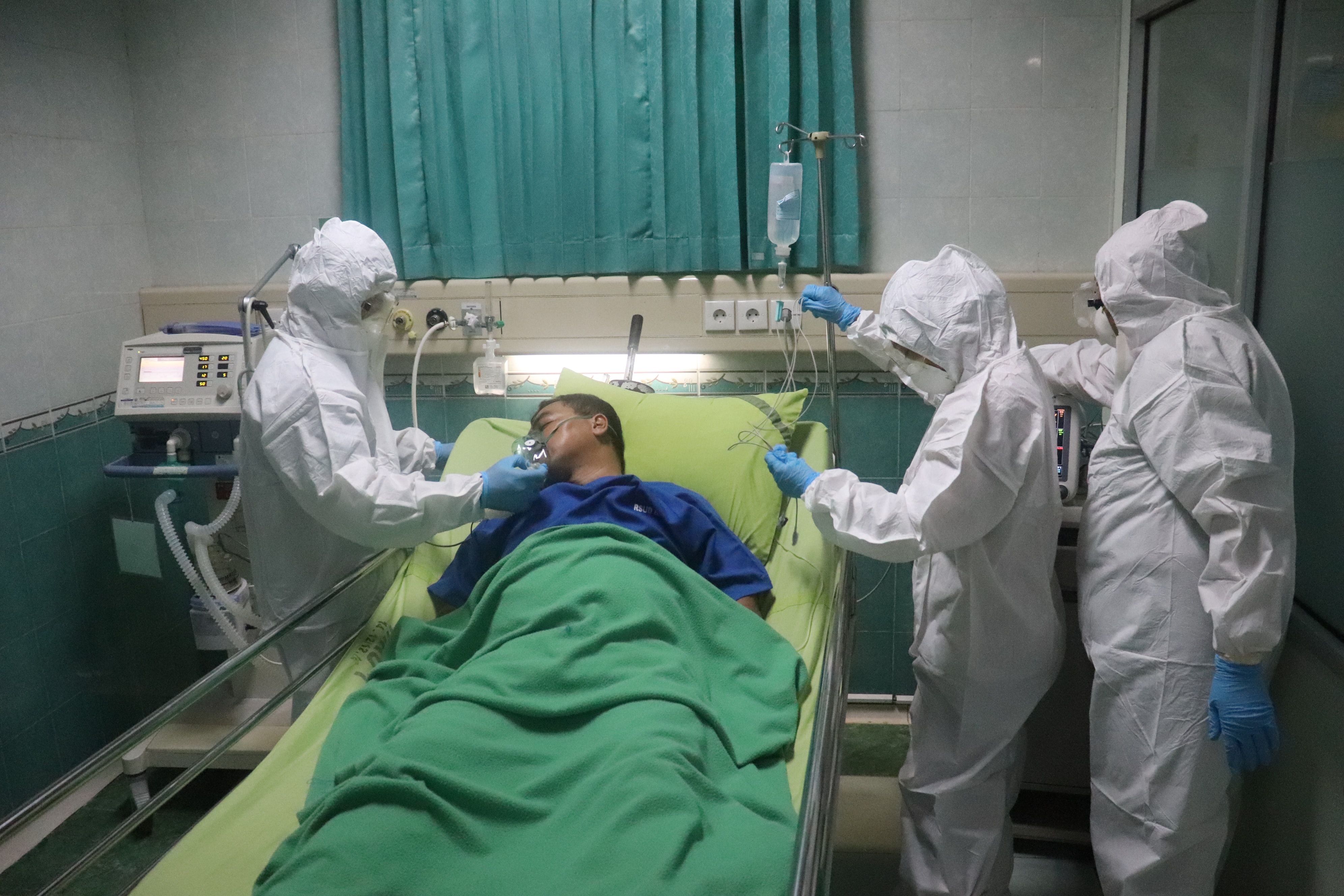Assessing In-Patient COVID-19 Mortality Risk
A research team recently sought to address this knowledge gap by analyzing a sample of US patients with COVID-19 infections.

As the US inches toward 18 million cases and well over 317,000 deaths, the news of new vaccine approvals and a new strain of SARS-CoV-2 in the UK means that COVID-19 is far from over and now more than ever, vigilance is critical. With over 113,000 people hospitalized due to COVID-19 and the winter holidays here, there has been an increasing focus on the health system and medical needs for COVID-19 response. With the growth in hospitalizations, the question then becomes—what are the risk factors of in-patient mortality? How can we drive change to reduce mortality for those requiring care within healthcare settings?
A research team recently sought to address this knowledge gap by analyzing a sample of US patients with COVID-19 infections. Recently published in JAMA Network, the study assessed over 64,000 outpatients and 35,000 inpatients with COVID-19. Of those patients, they identified a median age of 46 for outpatients, while inpatients were roughly 65 years. In terms of the makeup, 49.3% were men, 39.9% were White, and 22% were Black.
The authors noted that “a total of 5625 inpatients (15.9%) received invasive mechanical ventilation, and 6849 (19.4%) were admitted to the ICU. Median (IQR) inpatient LOS was 6 (3-10) days. Median (IQR) ICU LOS was 5 (2-10) days. Common acute complications among inpatients included acute respiratory failure (19,706 [55.8%]), acute kidney failure (11 971 [33.9%]), and sepsis (11 910 [33.7%]).”
Ultimately, the study underscored that older age was the strongest risk factor associated with death, whereas receiving statins and calcium channel blockers were associated with decreased odds of death. What was particularly interesting, was the note from the authors that “compared with patients with no hydroxychloroquine or azithromycin, patients with both azithromycin and hydroxychloroquine had increased odds of death.”
This study assessed various characteristics, such as patient and hospital variables, clinical characteristics like co-morbidities, pharmacological therapies, and clinical outcomes. Utilizing multivariable logistic regressions to assess association between risk factors and in-patient mortality, the team noted several other findings. And 80% of those patients admitted emergently or urgently whereas 79% were admitted from non-healthcare facilities. Regarding acute compilations, the authors noted that the most common acute complication was respiratory failure, acute kidney failure, and sepsis. In regards to clinical outcomes,
“Nearly one-sixth of inpatients (5625 [15.9%]) used invasive mechanical ventilation, and 6849 (19.4%) were admitted to the ICU. The mean (SD) total LOS for inpatients was 7.7 (10.8) days, and the median (IQR) was 6 (3-10) days. Among inpatients with an ICU admission, the mean (SD) ICU LOS was estimated to be 7.3 (6.8) days, and the median (IQR) was 5 (2-10) days.”
Nearing the end of this year, there have been many lessons learned in terms of COVID-19. For many, we’re starting to realize the risk of admission to intensive care units and in-hospital mortality. Within this study, those patients who are male and of advanced age were at the greatest risk for mortality.
These findings should guide enhanced education, science communication, community intervention, and testing efforts.
